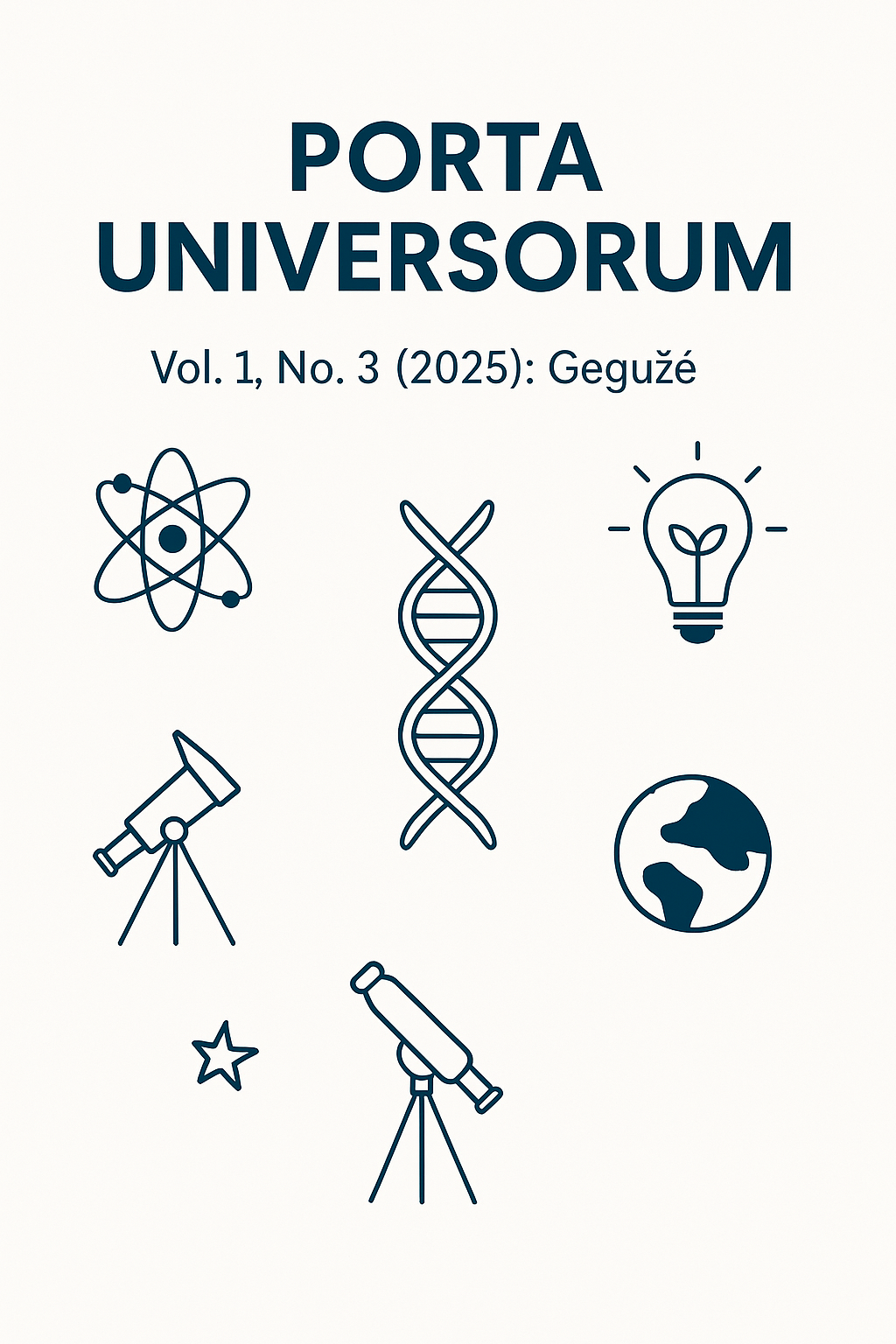Transforming Communication and Industry: A Deep Dive into 5G Infrastructure and Applications
DOI:
https://doi.org/10.69760/portuni.010313Keywords:
5G, mobile networks, infrastructure, IoT, network slicing, smart cities, autonomous systemsAbstract
The fifth generation (5G) mobile network represents a transformative leap in wireless communications, delivering unprecedented speed, connectivity, and low latency. This paper provides a comprehensive analysis of 5G technology, detailing its core infrastructure components—such as millimeter-wave (mmWave) frequencies, small cells, massive MIMO antennas, and edge computing—and how they enable advanced services. Key industrial and societal applications are explored, including healthcare (telemedicine, remote surgery, IoT wearables), manufacturing (smart factories, robotics, quality control), education (immersive VR/AR learning), and transportation (connected vehicles, V2X communication). We highlight 5G’s innovations: ultra-low latency (~1 ms), multi-gigabit speeds, massive IoT device support, and network slicing for bespoke service profiles. At the same time, challenges are critically examined, including high deployment costs, security vulnerabilities, coverage gaps, and evolving regulations. We survey global 5G adoption, comparing rollouts in South Korea, China, North America, Europe, and emerging economies. Finally, we discuss the future outlook: 5G as an enabler for AI-driven systems, smart cities (via real-time data and digital twins), autonomous transport, and next-generation IoT. This deep dive synthesizes current research (2019–2024) to inform scholars and practitioners on 5G’s transformative impact and its role in future communication paradigms.
References
Ericsson. (2023). North America: A closer look. Ericsson Mobility Report. Retrieved from Ericsson website.
International Telecommunication Union. (2022). Key radiocommunication performance requirements for IMT-2020 (5G) networks. Recommendation ITU-R M.2410-0. ITU.
Mahomed, A. S., & Saha, A. K. (2022). Unleashing the potential of 5G for smart cities: A focus on real-time digital twin integration. Smart Cities, 8(2), 70. https://doi.org/10.3390/smartcities8020070:contentReference[oaicite:87]{index=87}:contentReference[oaicite:88]{index=88}.
NEC Corporation. (2021). Smart Factory Enabled by Local 5G. NEC Technical Journal, 15(1).
Park, J.-M. (2019, April 3). S. Korea first to roll out 5G services, beating U.S. and China. Reuters. Retrieved from Reuters.
Qureshi, H. N., Manalastas, M., Imran, A., Liu, Y., & Al-Kalaa, M. O. (2022). Communication requirements in 5G-enabled healthcare applications: Review and considerations. Healthcare, 10(2), 293. https://doi.org/10.3390/healthcare10020293:contentReference[oaicite:89]{index=89}.
Tiwari, S., & Sharma, N. (2022). Idea, architecture, and applications of 5G-enabled IoMT systems for smart health care system. ECS Transactions, 107(1), 5499–5508. https://doi.org/10.1149/10701.5499ecst:contentReference[oaicite:90]{index=90}.
Wani, M. S., Rademacher, M., Horstmann, T., & Kretschmer, M. (2024). Security vulnerabilities in 5G non-standalone networks: A systematic analysis and attack taxonomy. Journal of Cybersecurity and Privacy, 4(1), 23–40. https://doi.org/10.3390/jcp4010002:contentReference[oaicite:91]{index=91}.
World Bank. (2021). The cost, coverage and rollout implications of 5G infrastructure in Britain (E. J. Oughton & Z. Frias, authors). Telecommunications Policy, 42(8), 636–652. (Study projecting 5G coverage and costs).
Bell, P. (2024, February 6). China: The world’s biggest 5G market. TeleGeography. Retrieved from TeleGeography website.
GSMA Intelligence. (2023). Over half of mobile connections on 5G by 2030: Global mobile trends. (Data correct to Oct 2022).
G Americas. (2020). 5G advancing connected cars: V2X and the future of transportation. (Industry report). (Key findings on 5G for automotive)
Downloads
Published
Issue
Section
License
Copyright (c) 2025 Porta Universorum

This work is licensed under a Creative Commons Attribution-NonCommercial 4.0 International License.
License Terms
All articles published in Porta Universorum are licensed under the Creative Commons Attribution–NonCommercial 4.0 International License (CC BY-NC 4.0). This license permits:
-
Sharing (copying and redistributing the material in any medium or format),
-
Adapting (remixing, transforming, and building upon the material),
-
for non-commercial purposes only,
-
with proper attribution to the original author(s) and source.
Commercial use of the material is not permitted without prior written permission from the publisher.




